| | The flowers are blooming their hearts out in my garden. Everyone is providing its own version of color and pattern and height and spread. It’s truly glorious to walk around and relish everyone doing their part in beautifying our gardening world. That brief but intense downpour of rain a couple of nights ago really enthused the plants to perk up and unleash their colors. And the again-mild air temperatures during both days and nights certainly helps them expand their delights. Keep Sowing and Transplanting The mild weather continues to bode success for both sowing seeds and transplanting seedlings.
Establish Watering Patterns For Summer Keep plants thriving into our coming hot weather by matching your watering practices to plant needs and the weather. All plants will need more than an evening sprinkling when you come home from work – it’ll satisfy you but potentially be a problem for plants that they won’t be able to overcome when our summer heat blasts our gardens. So start “teaching” your plants now to be able to withstand the heat onslaught that will surely come.
For more monthly tasks, go to May. For major-topic articles by season, go to Homepage. |
|
0 Comments
|
Categories |

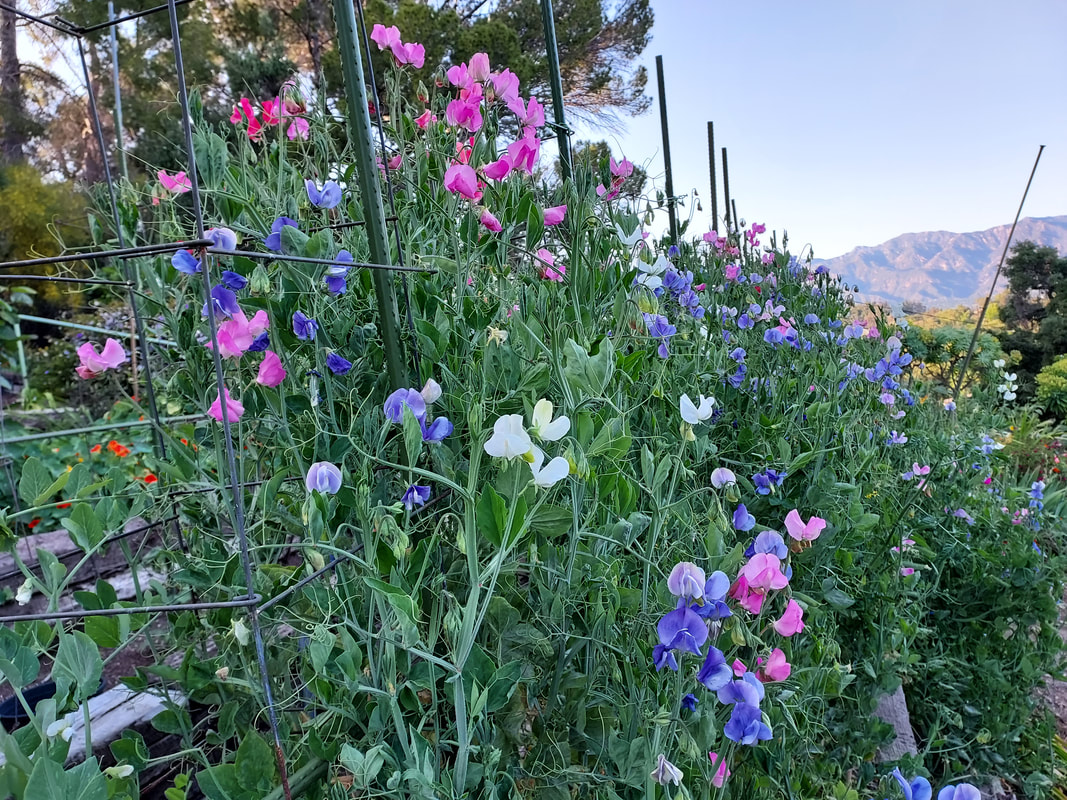
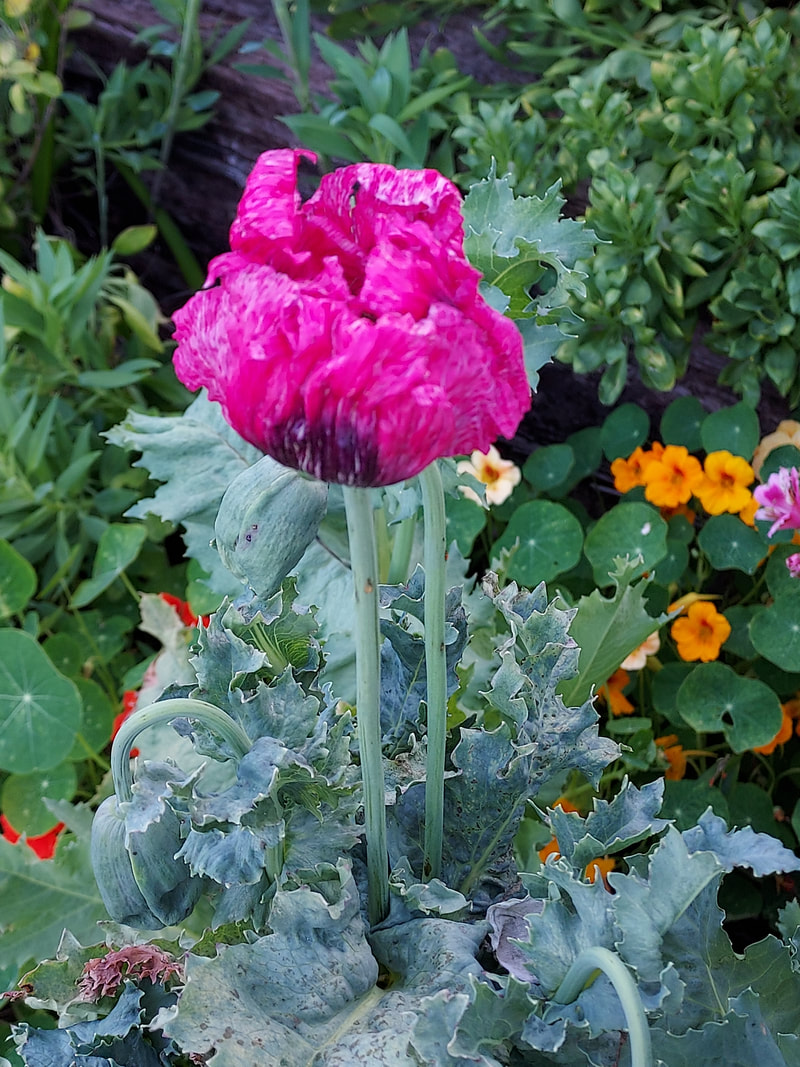
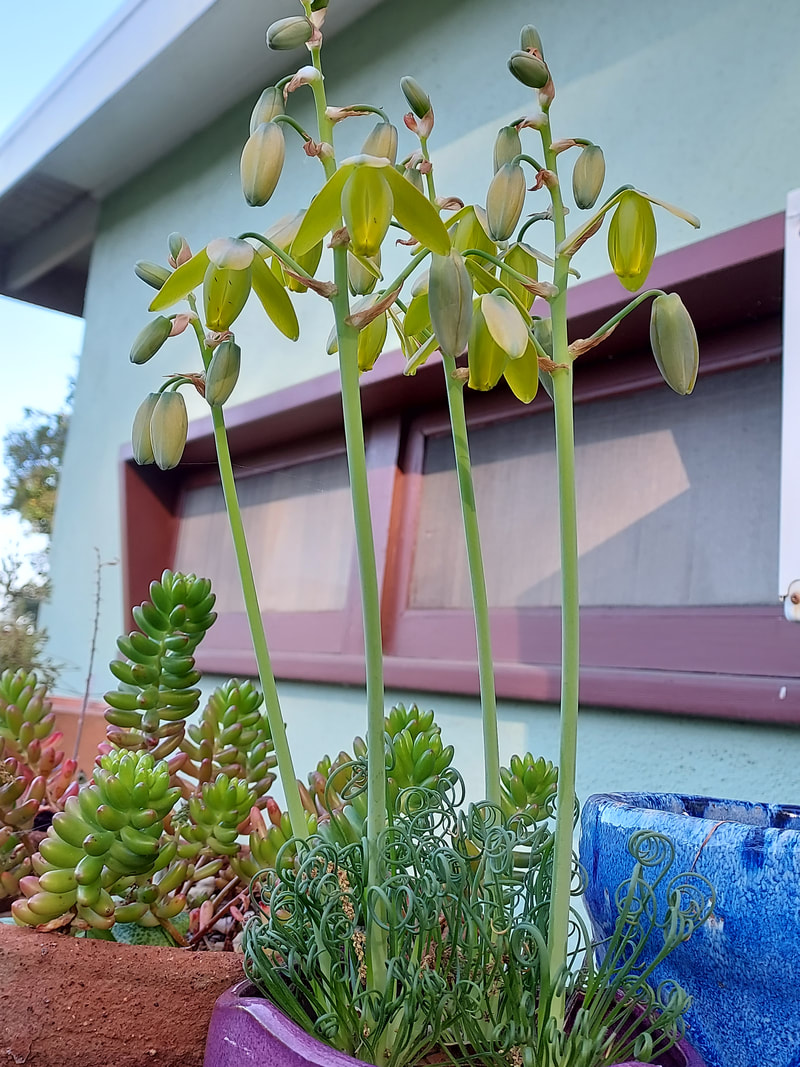
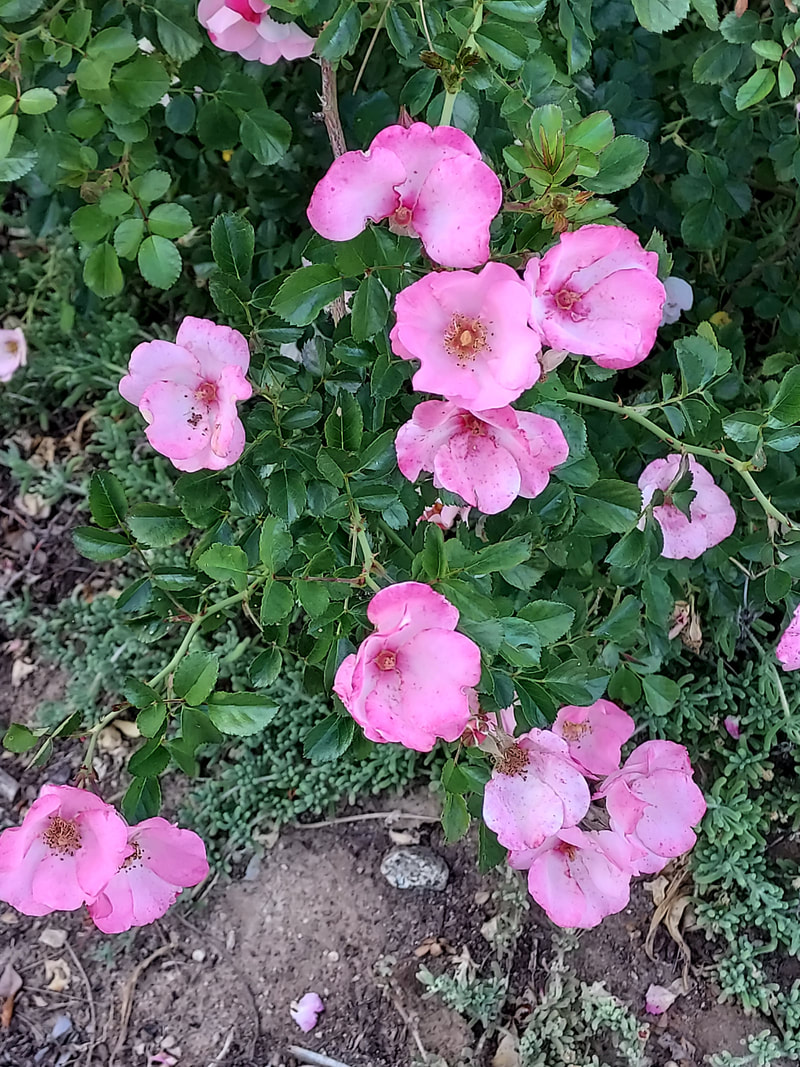
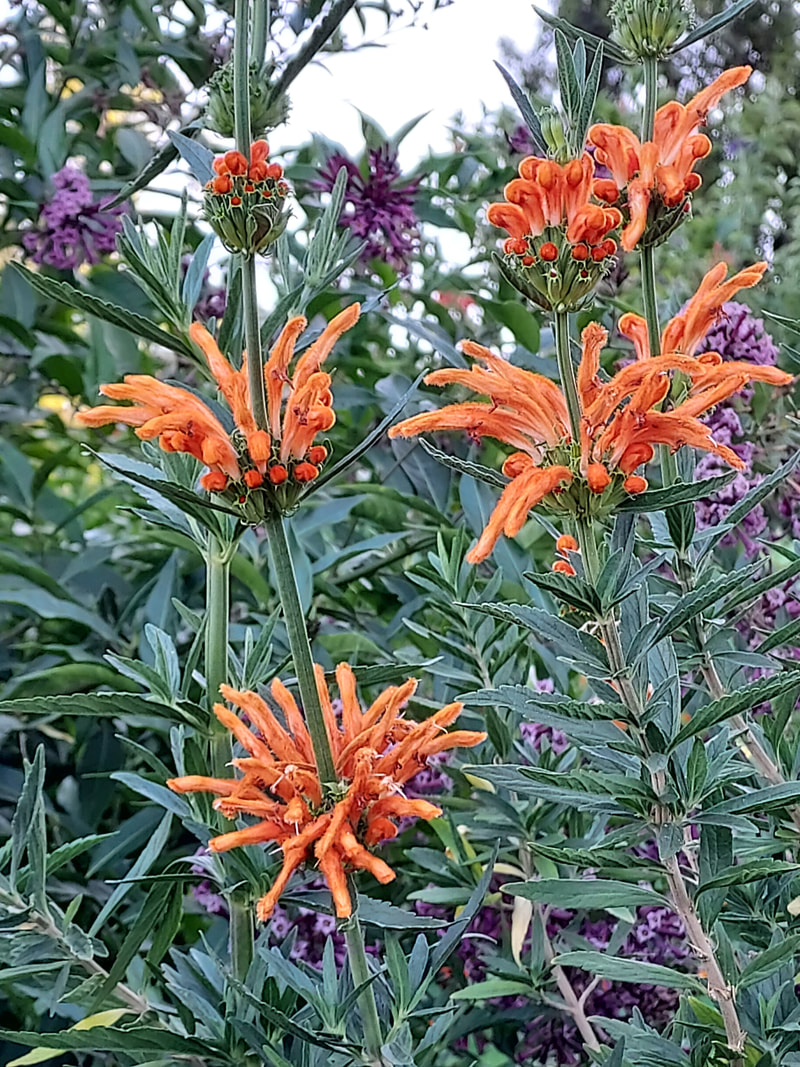
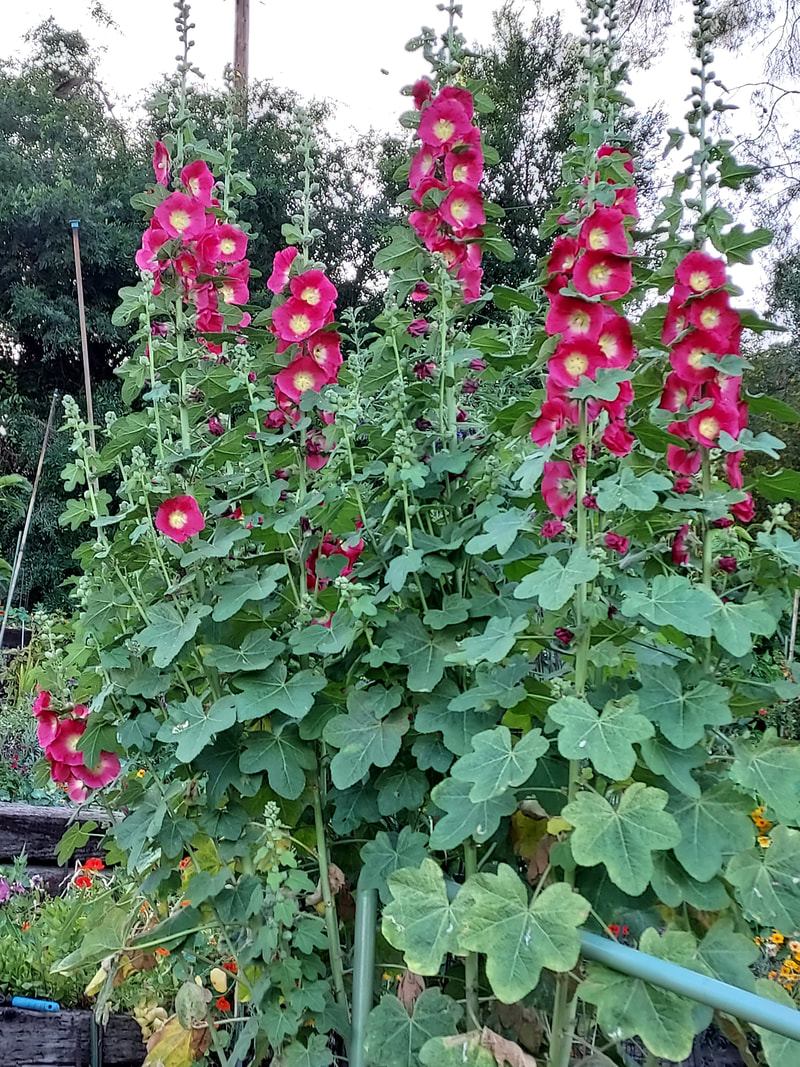
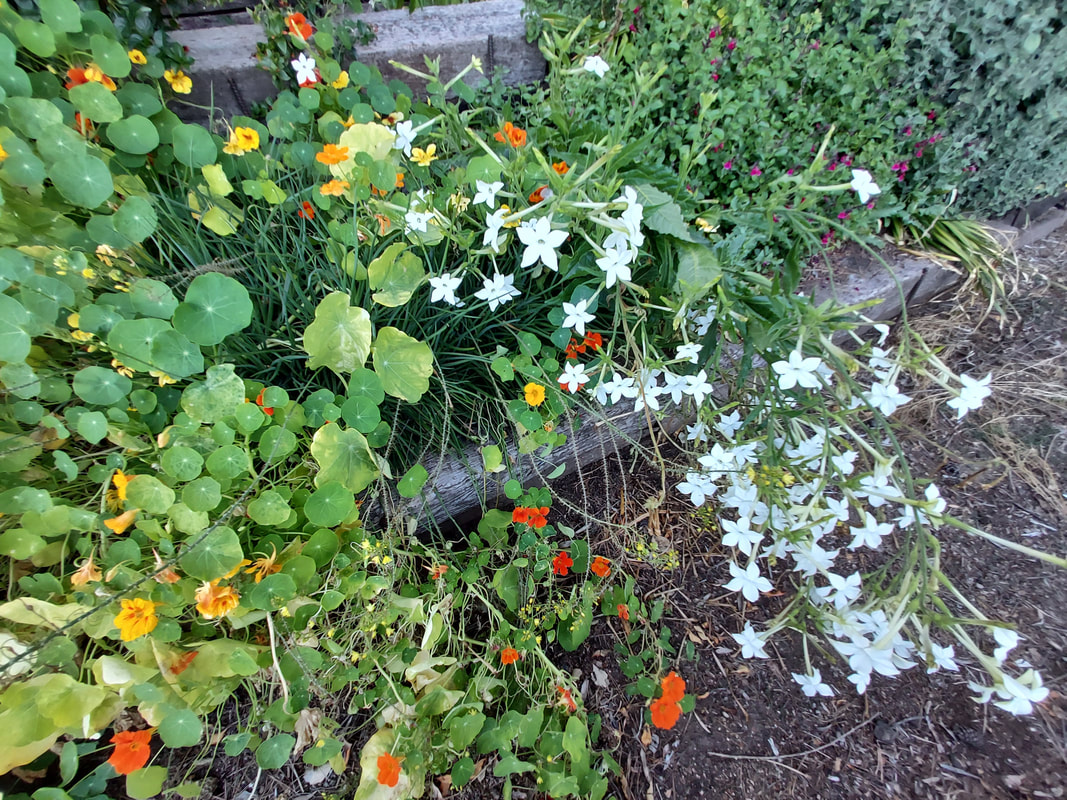
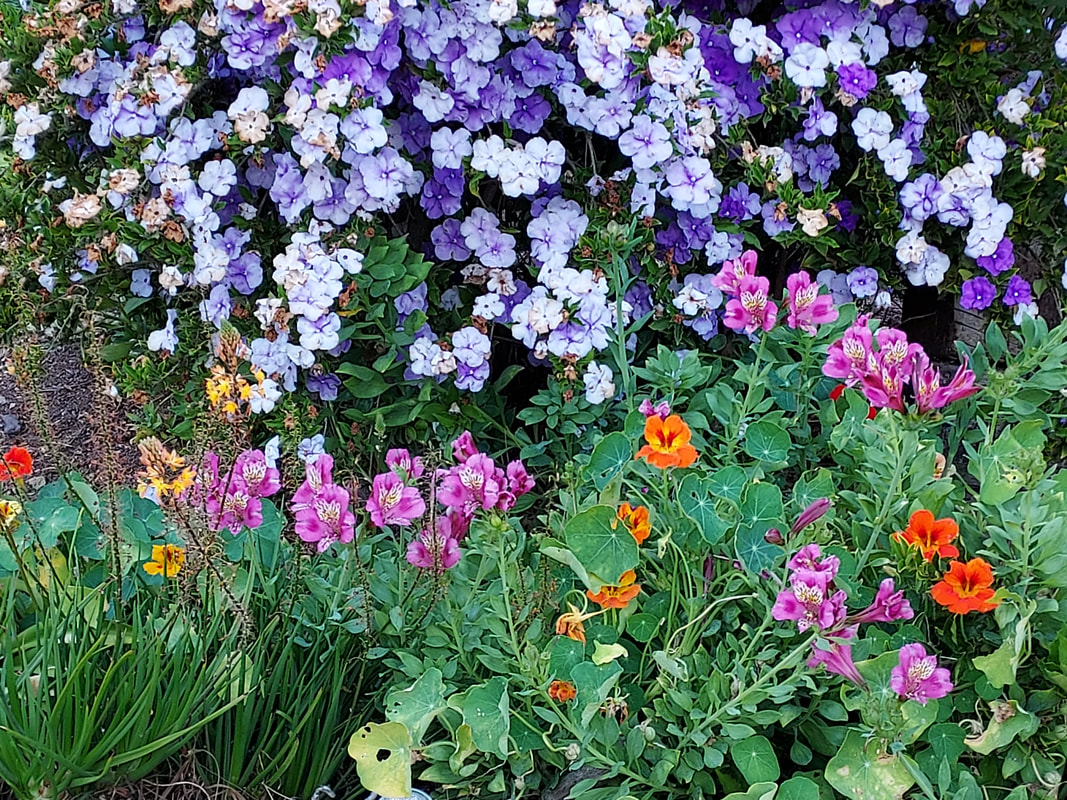
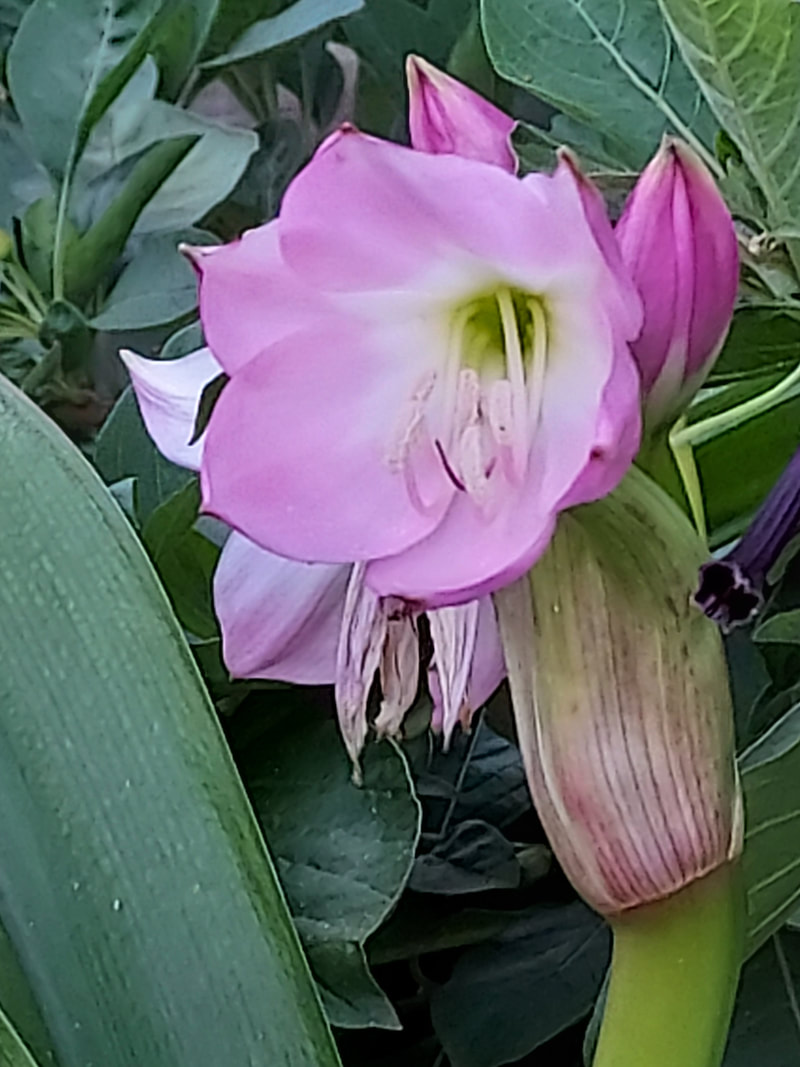
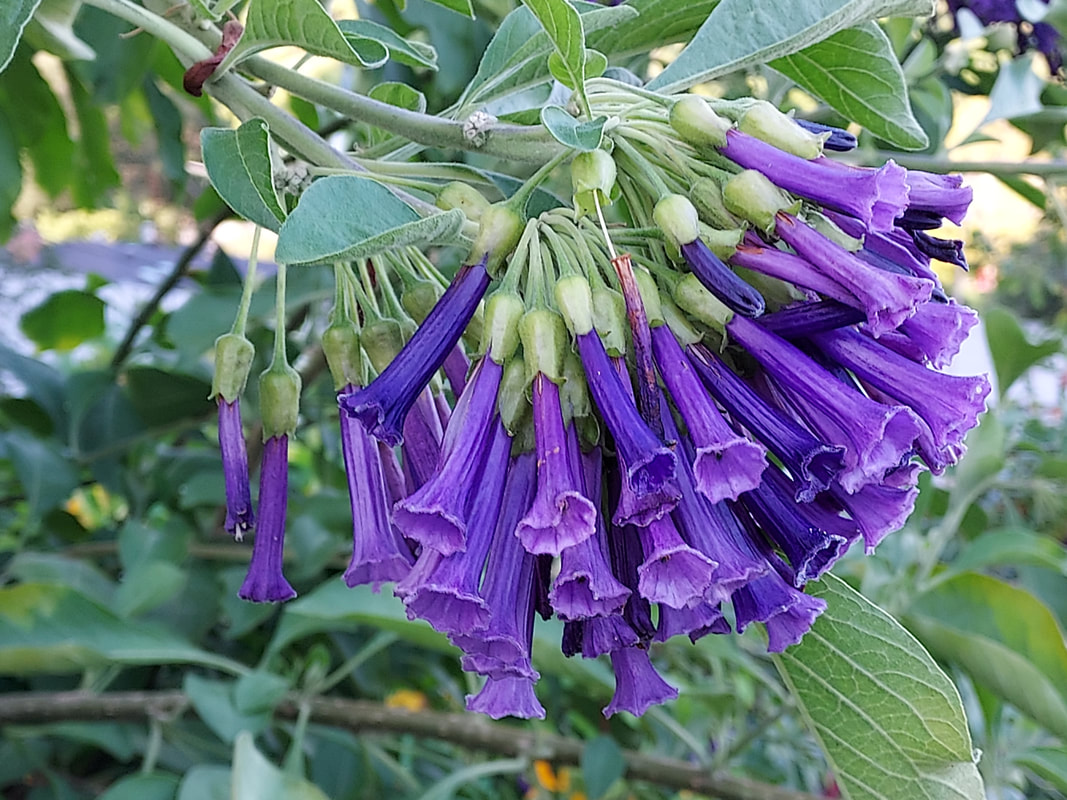
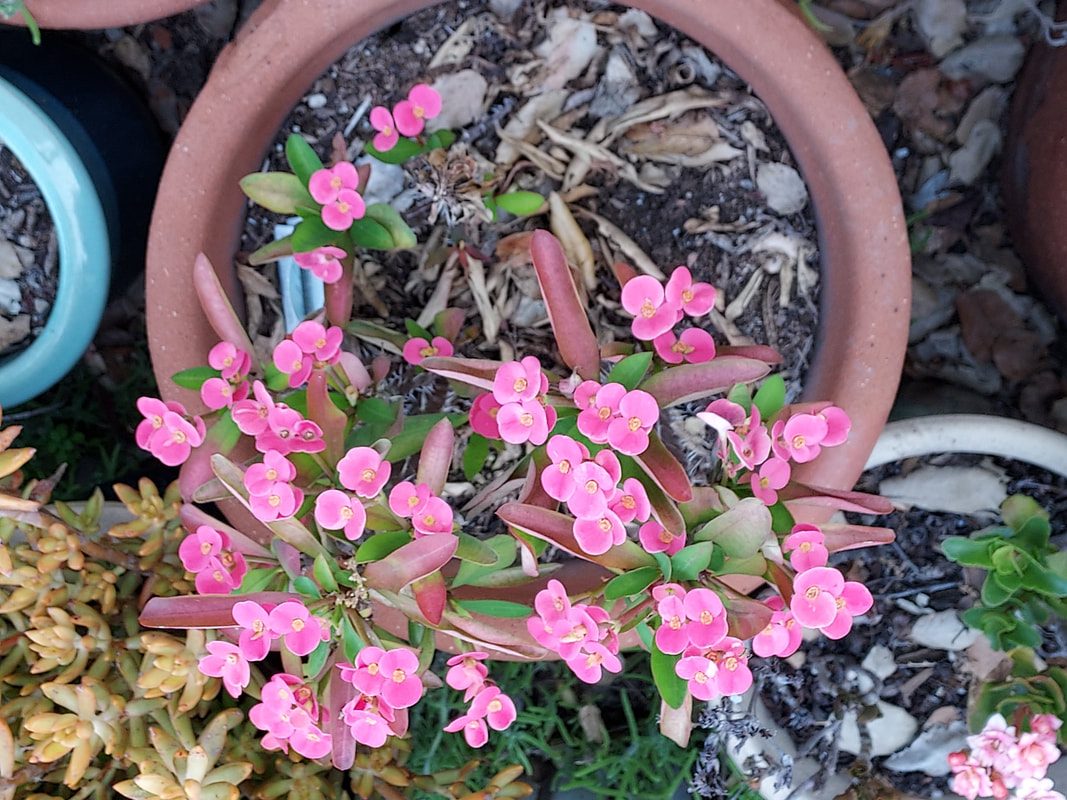
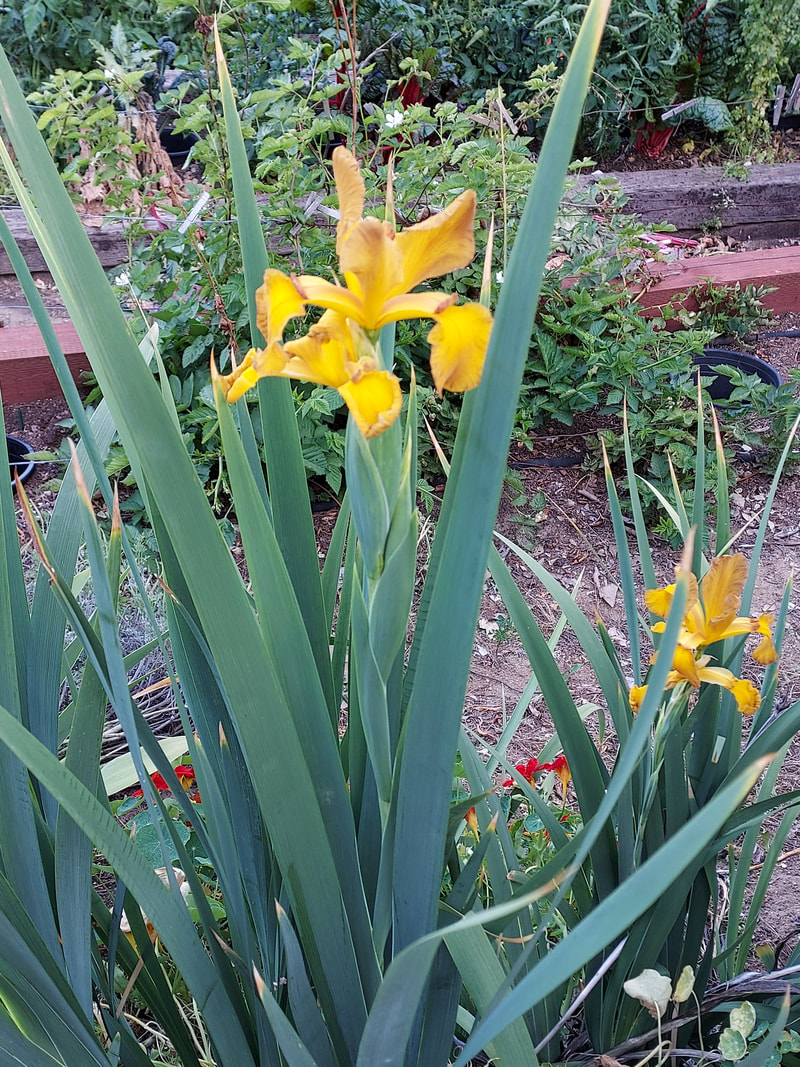
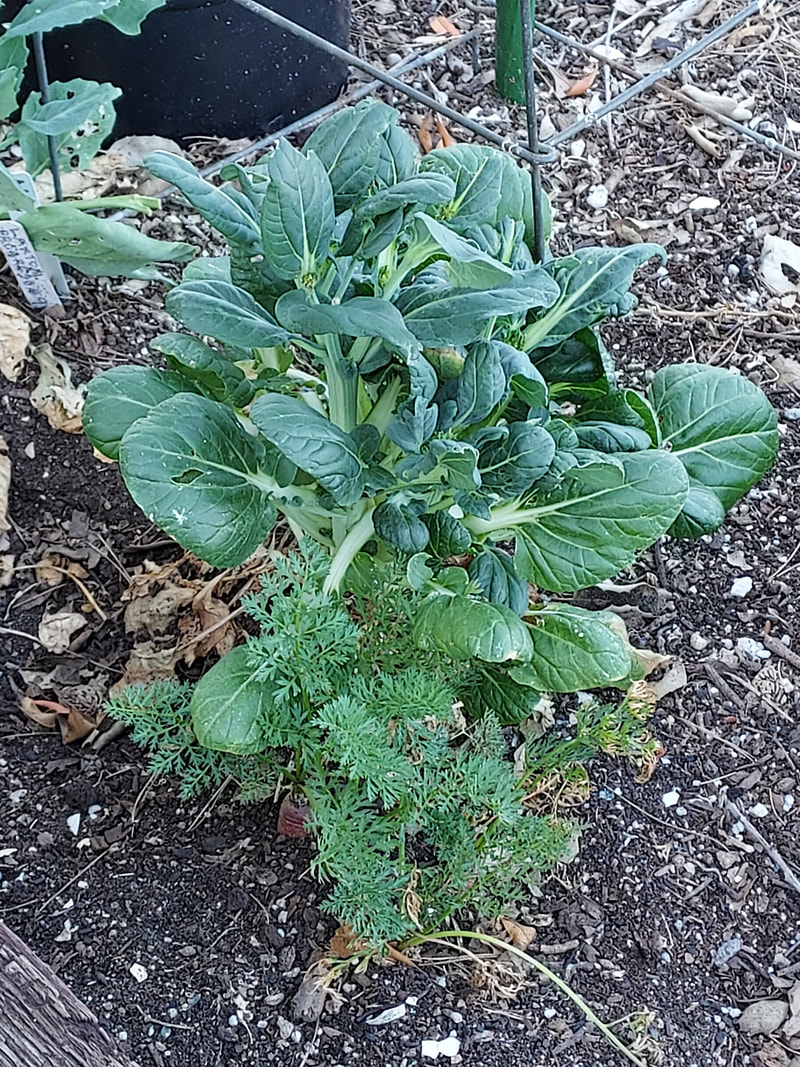
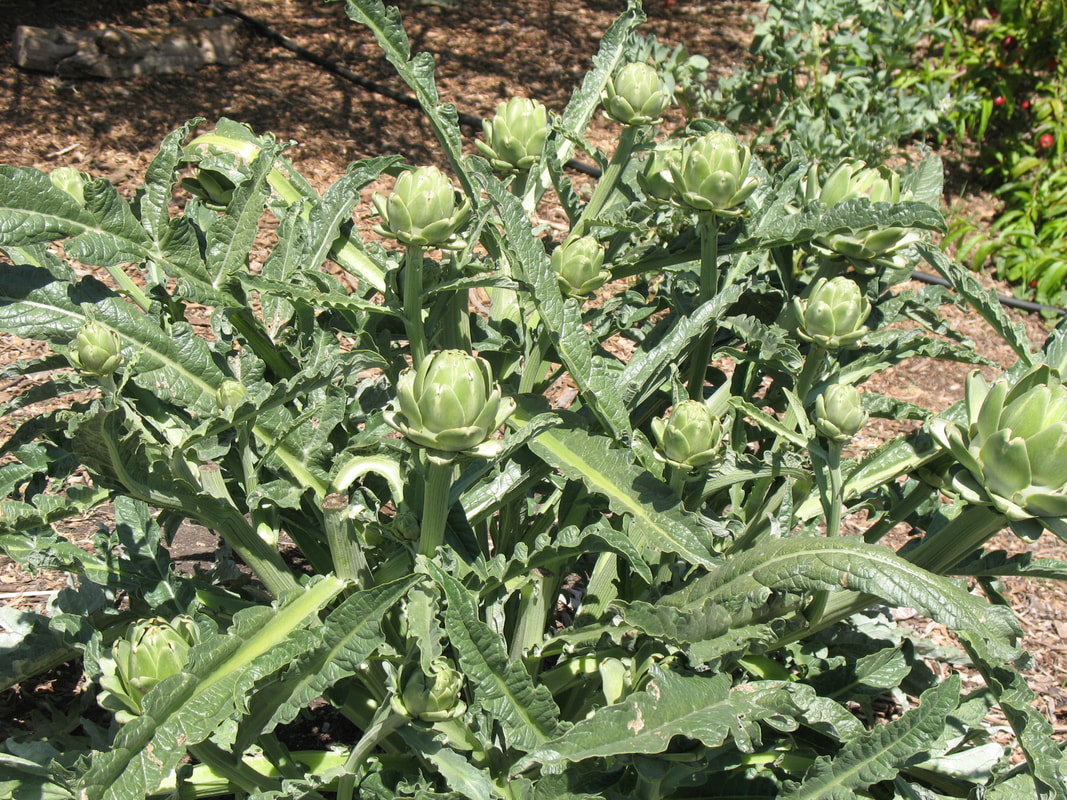
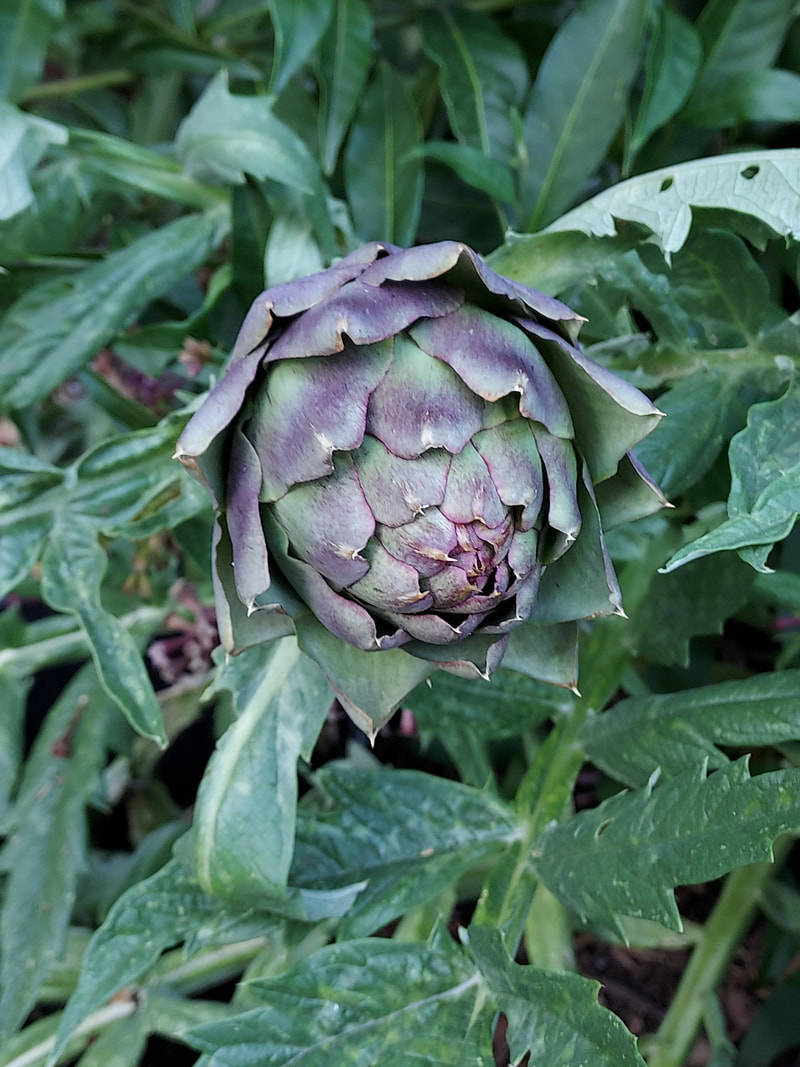
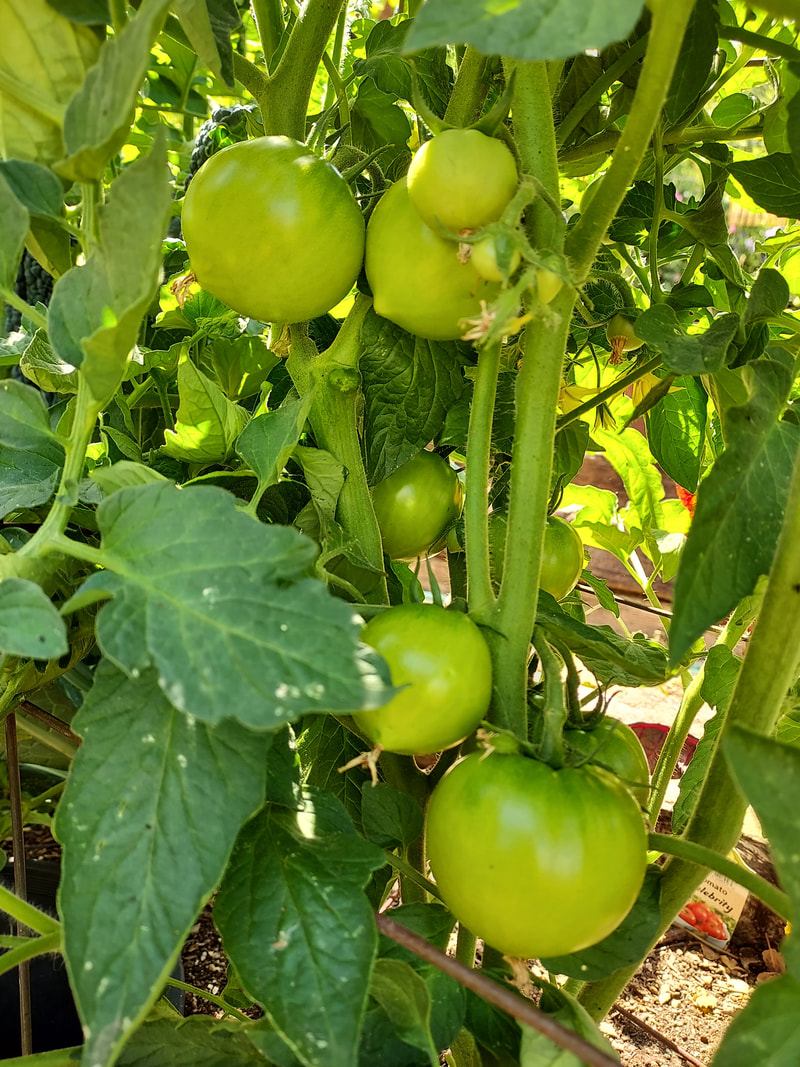
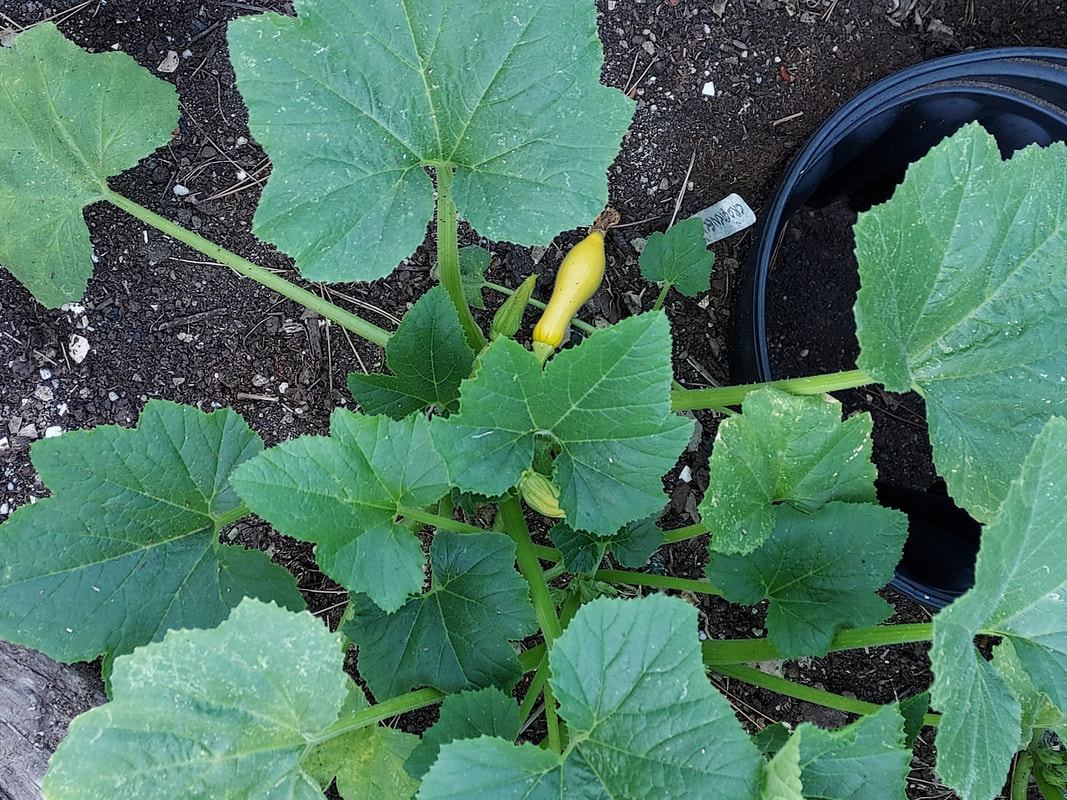
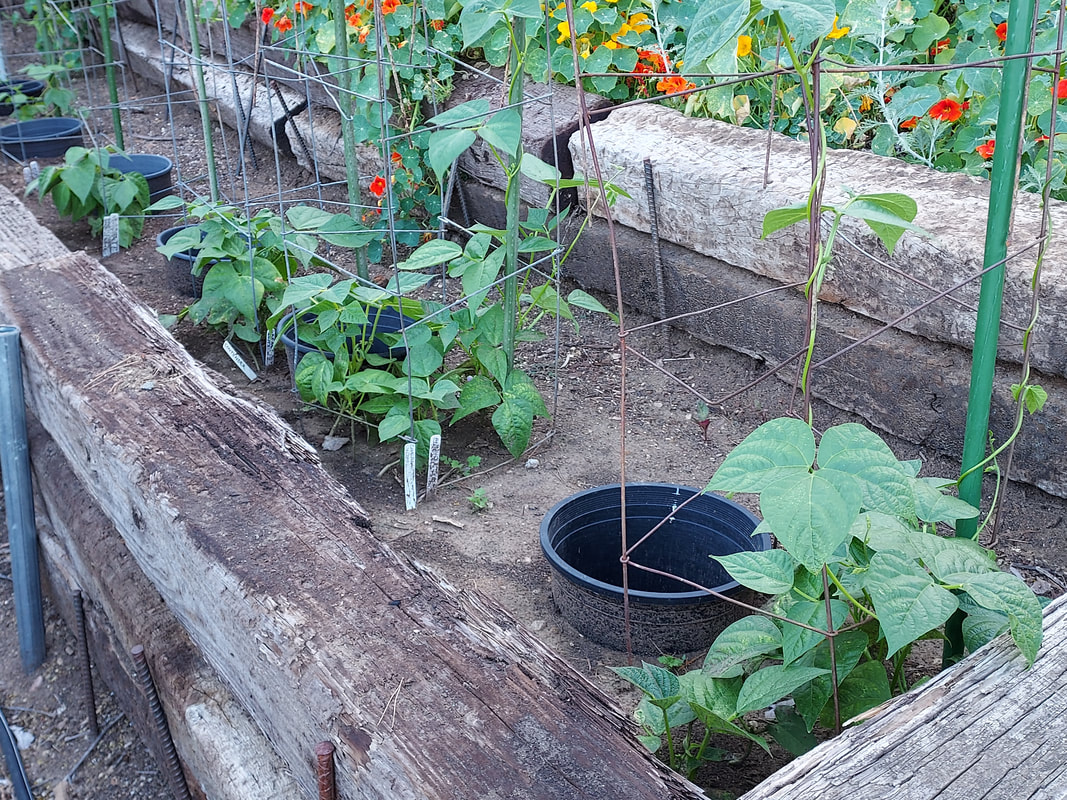
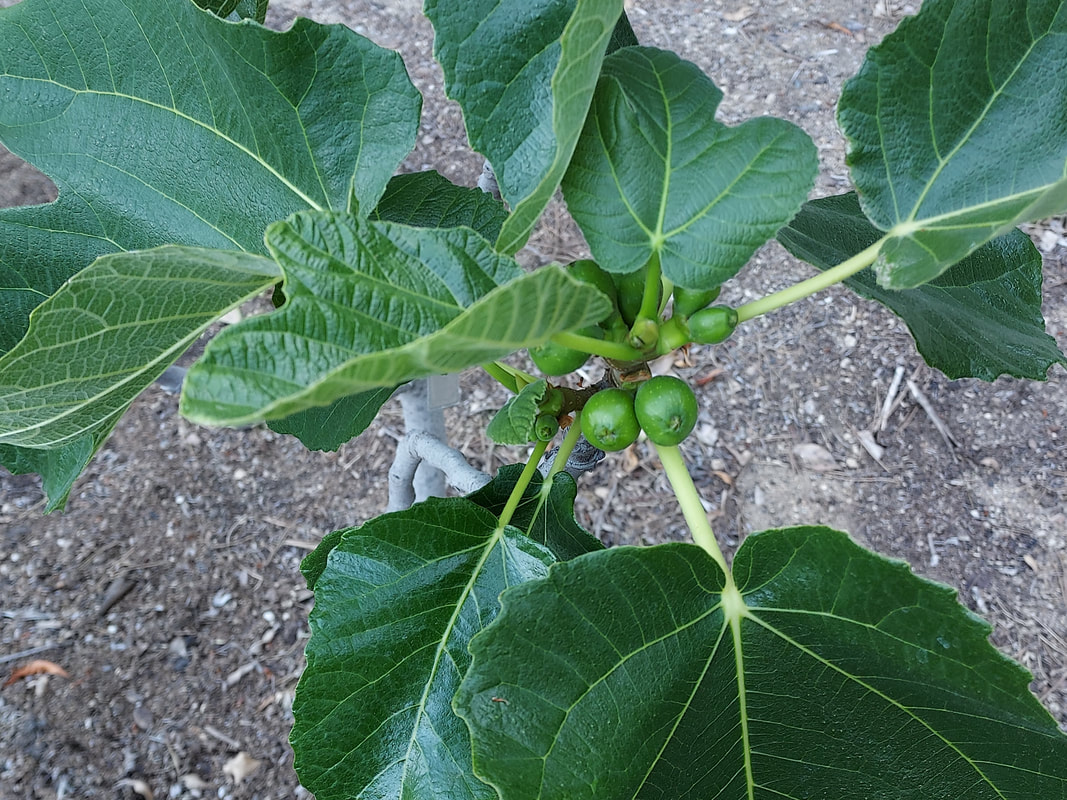
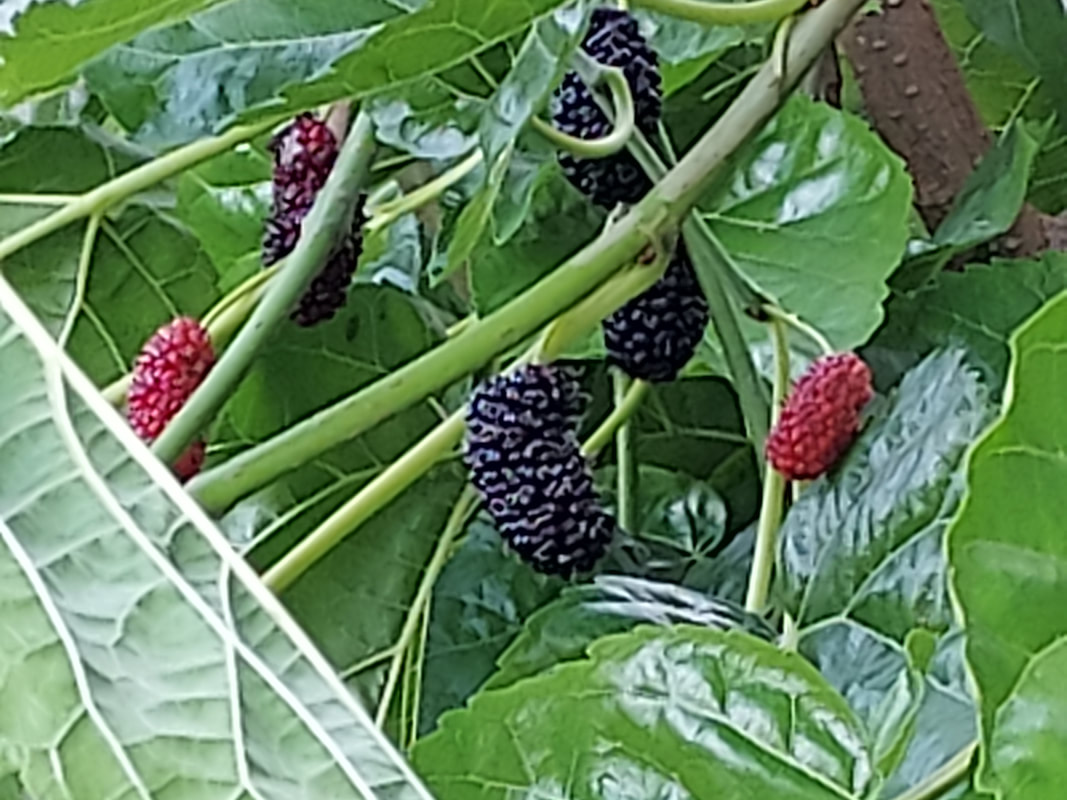
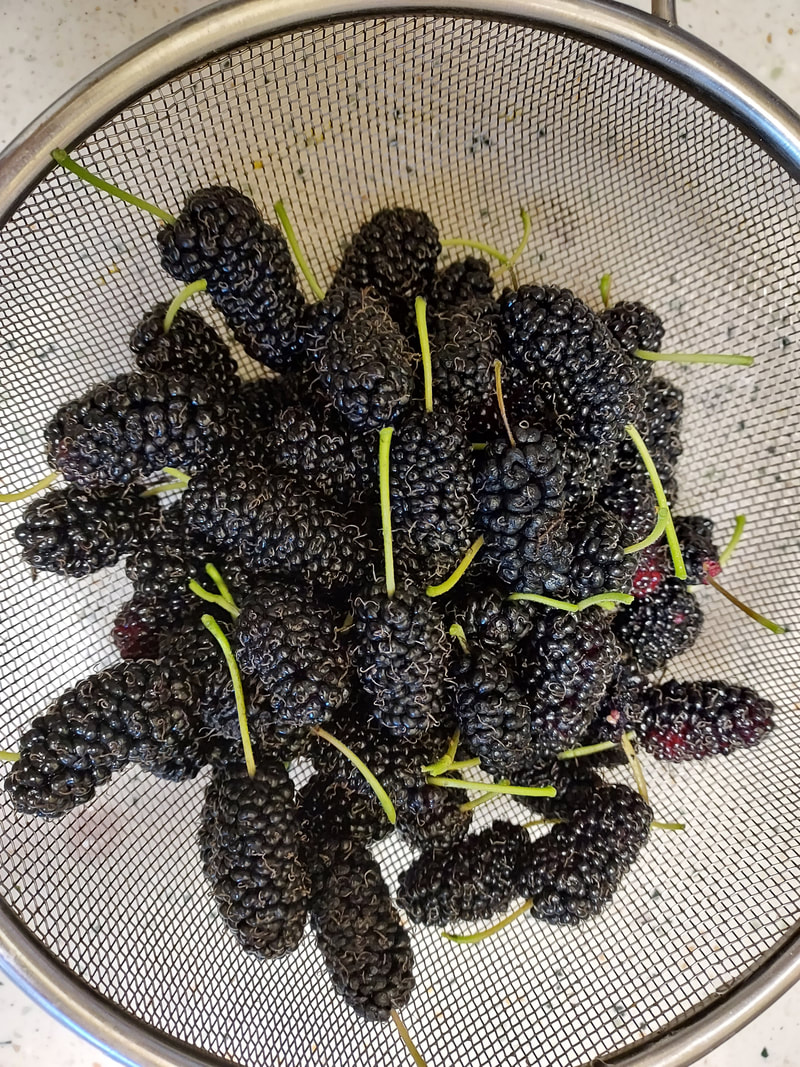
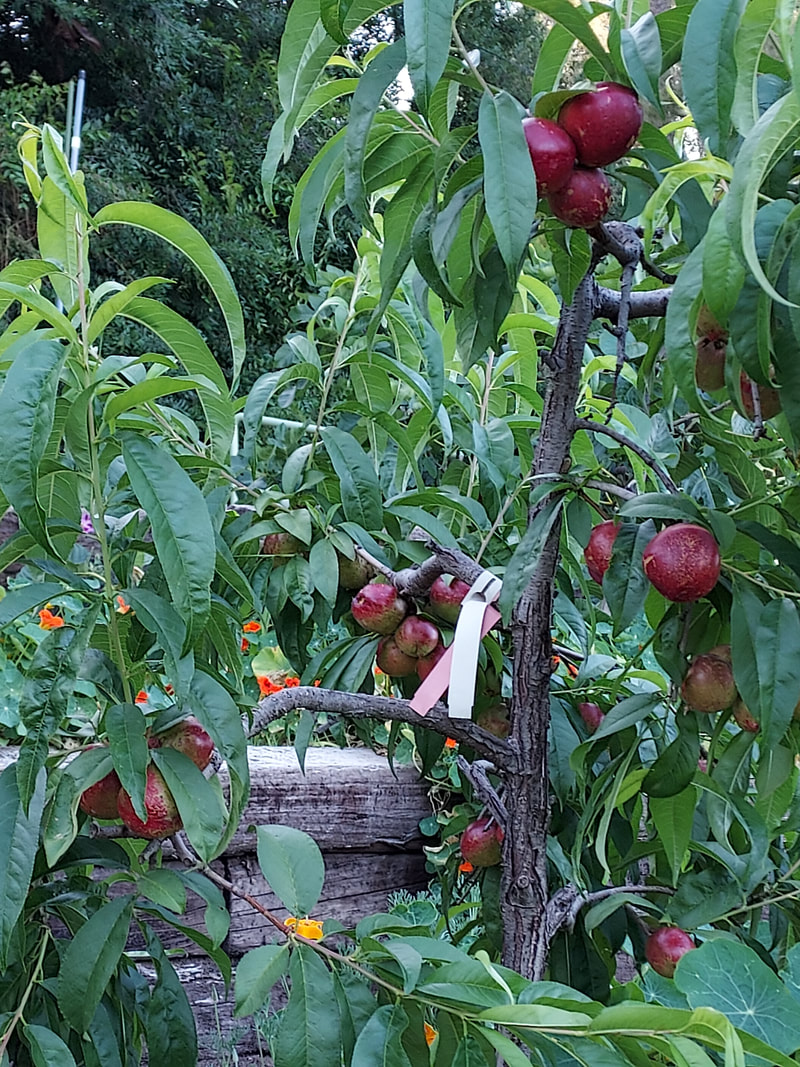
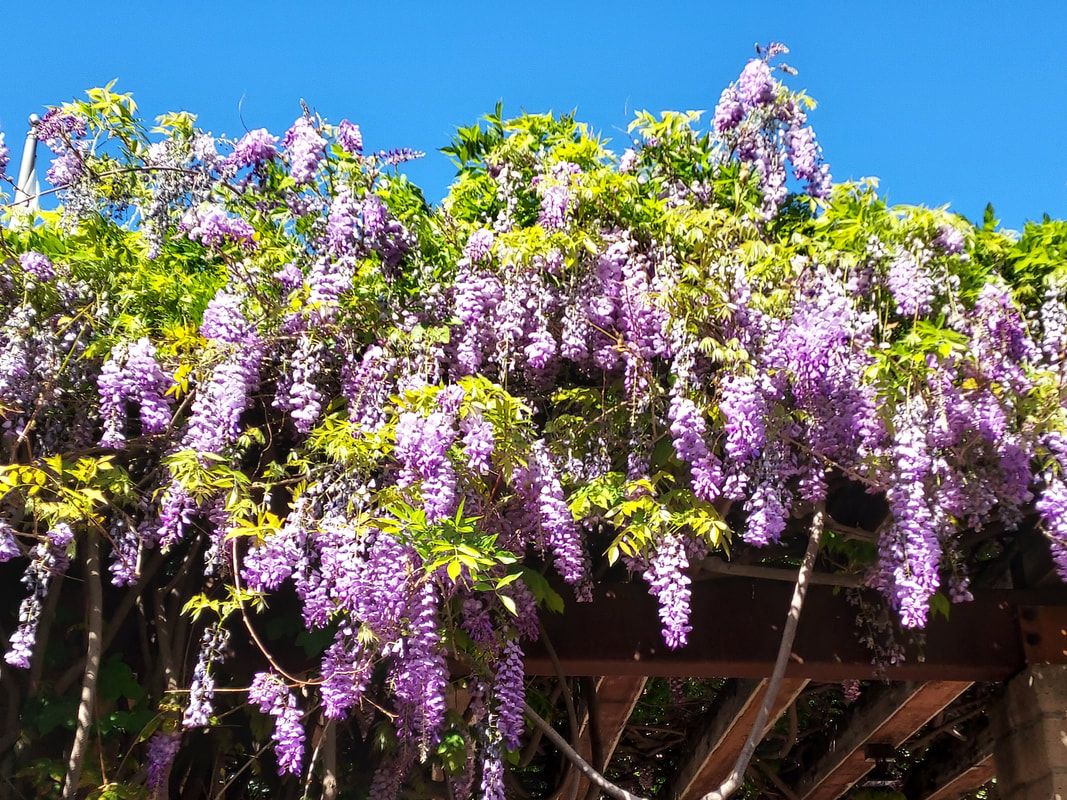
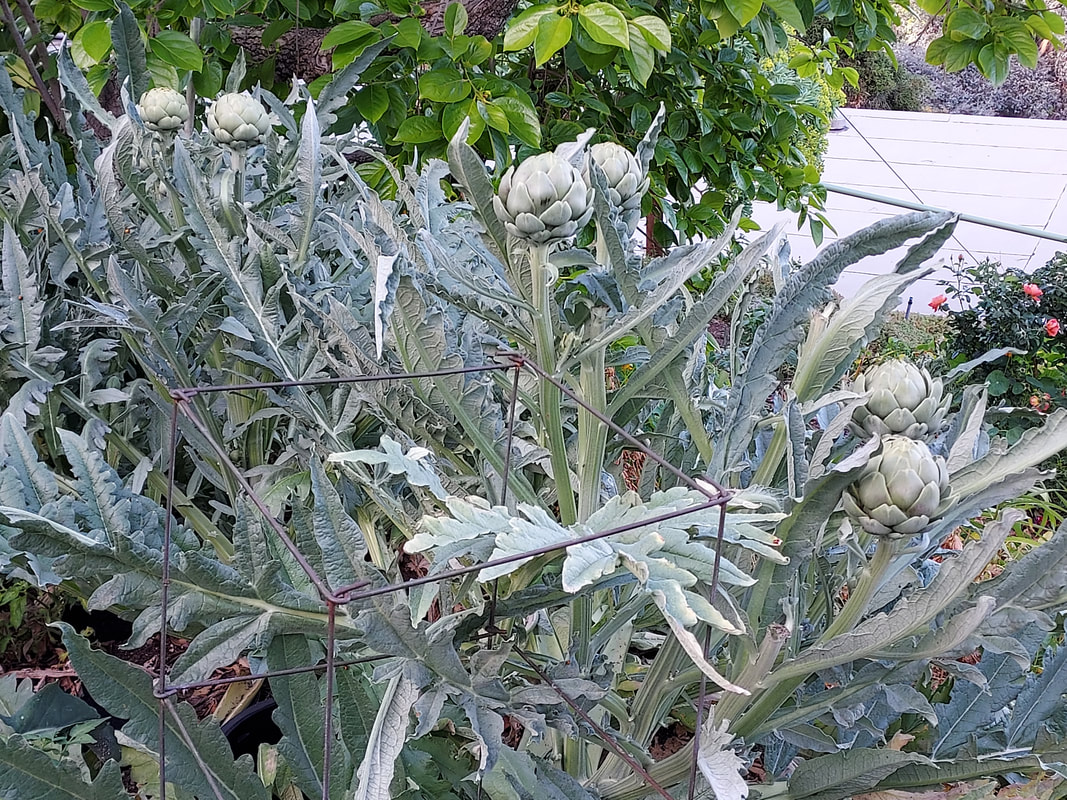
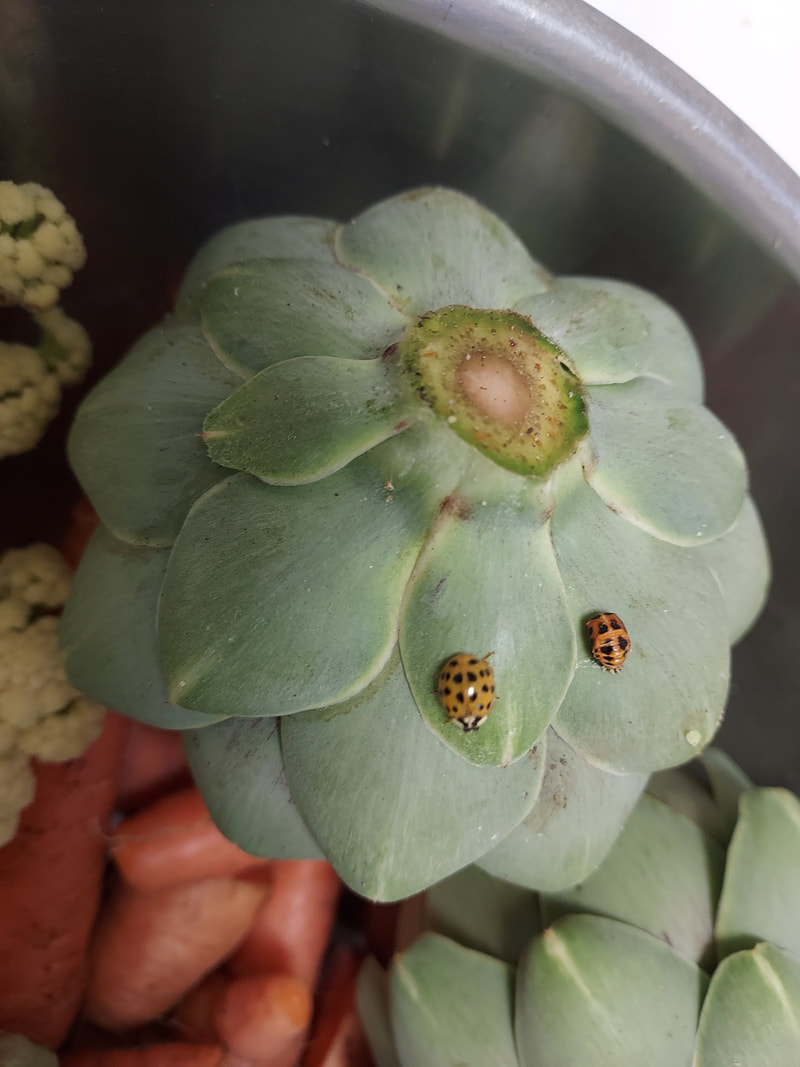
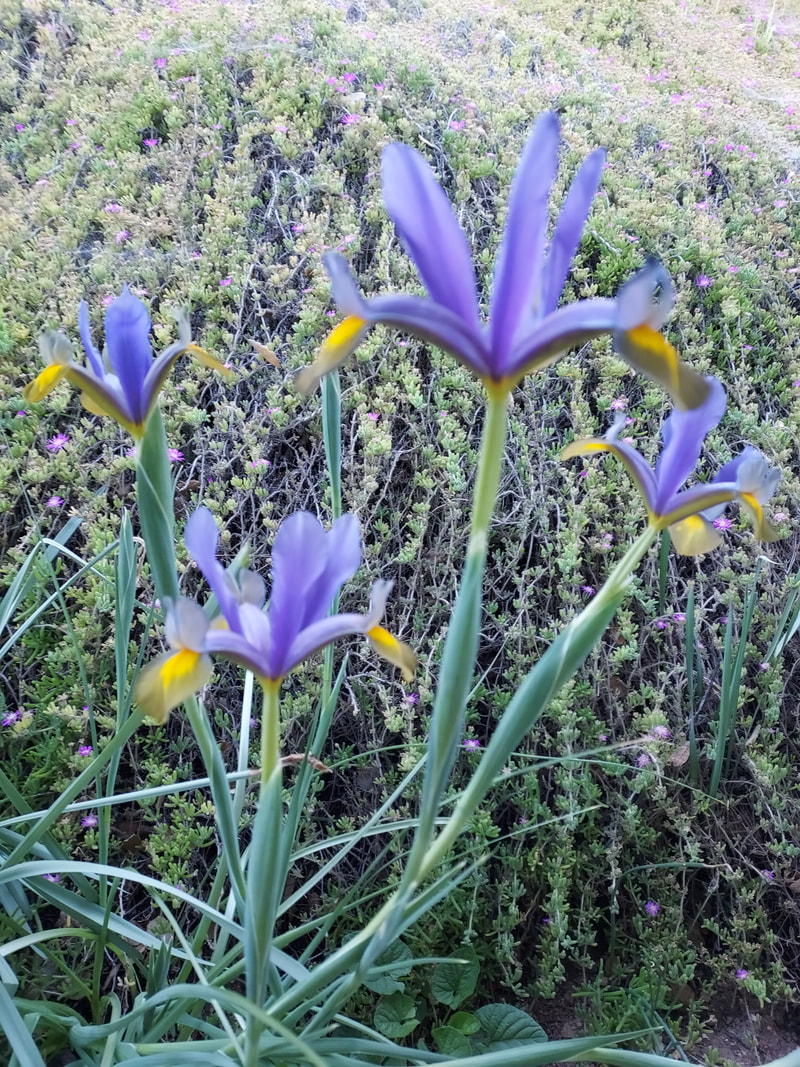
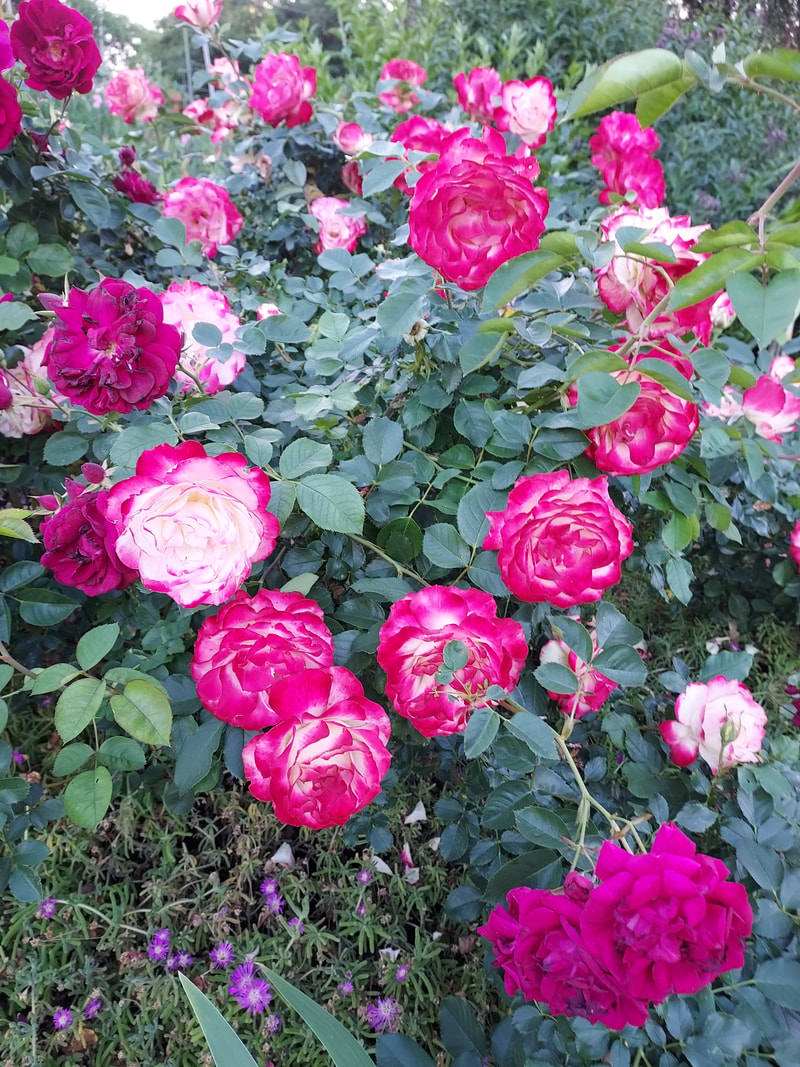
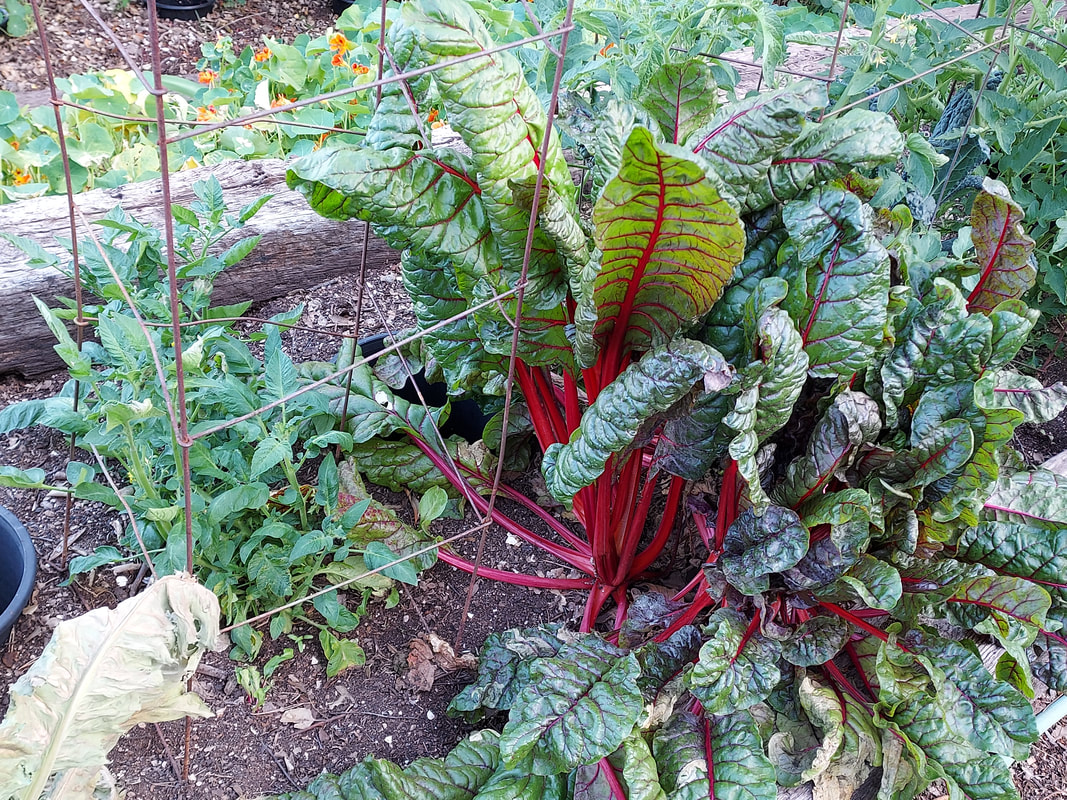
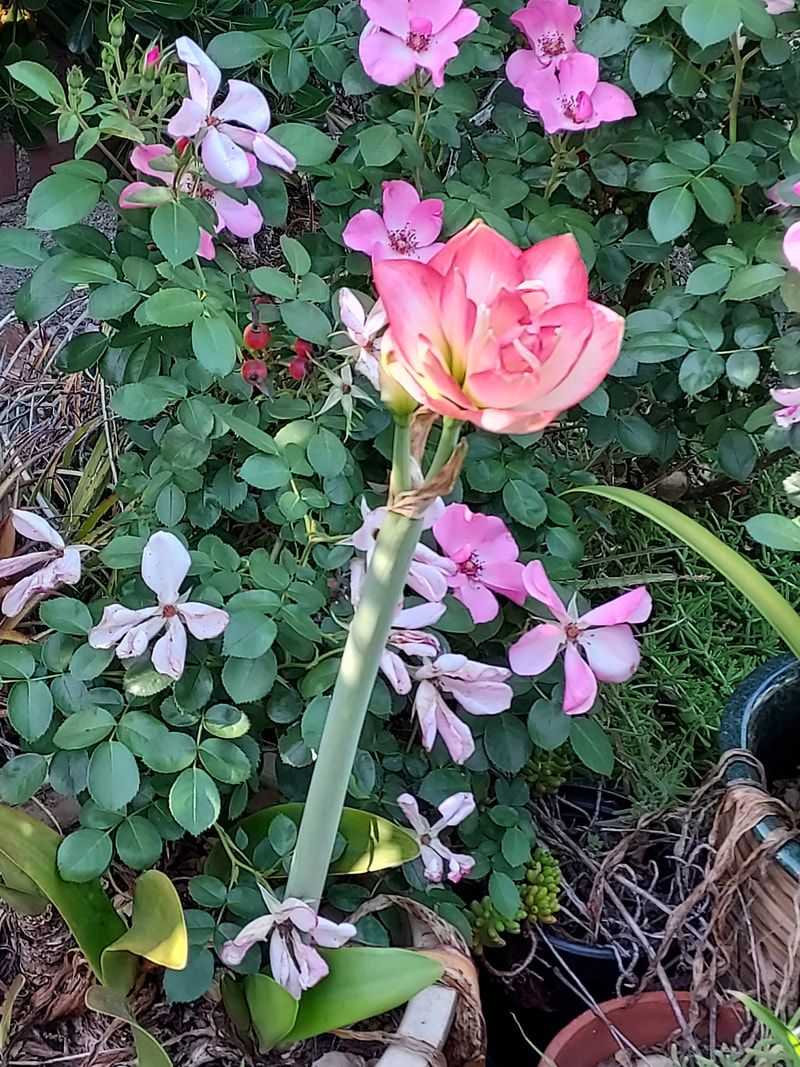
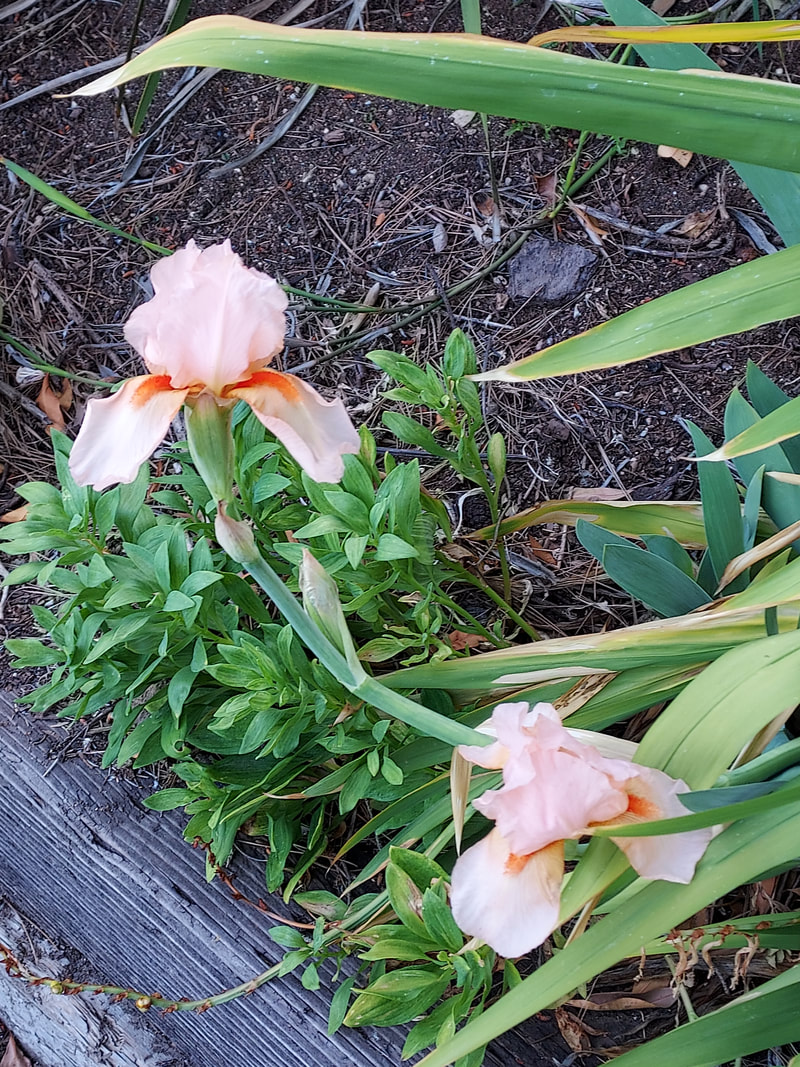
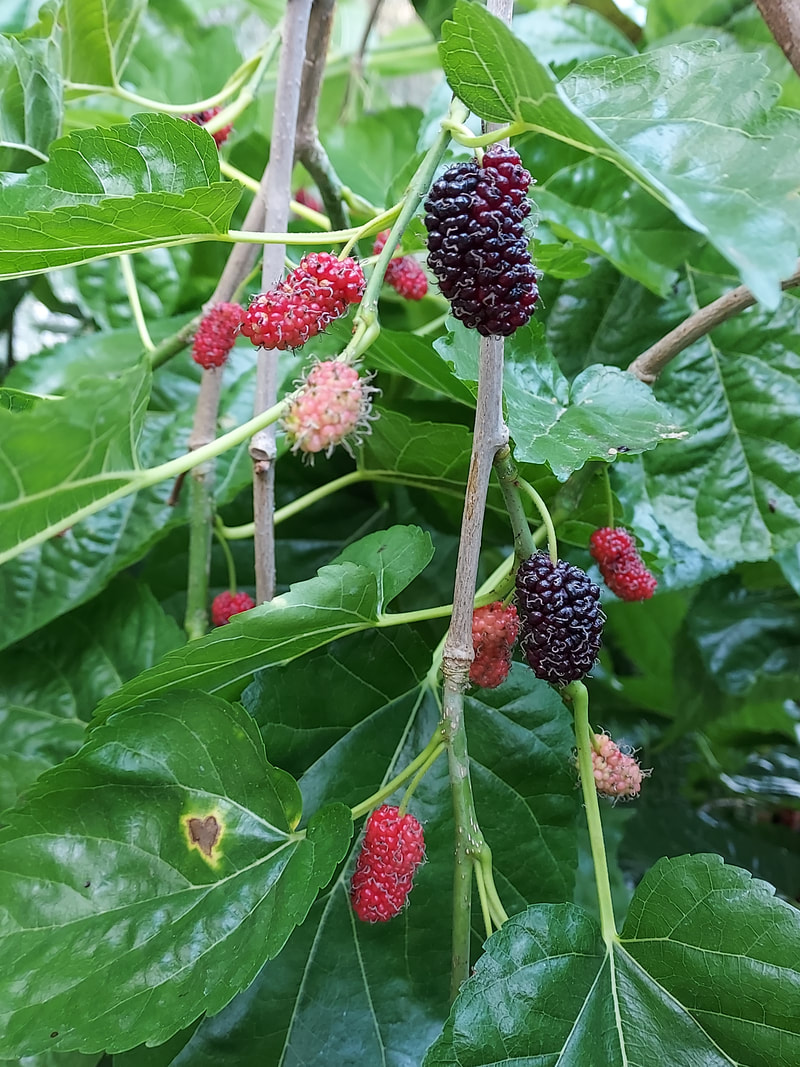
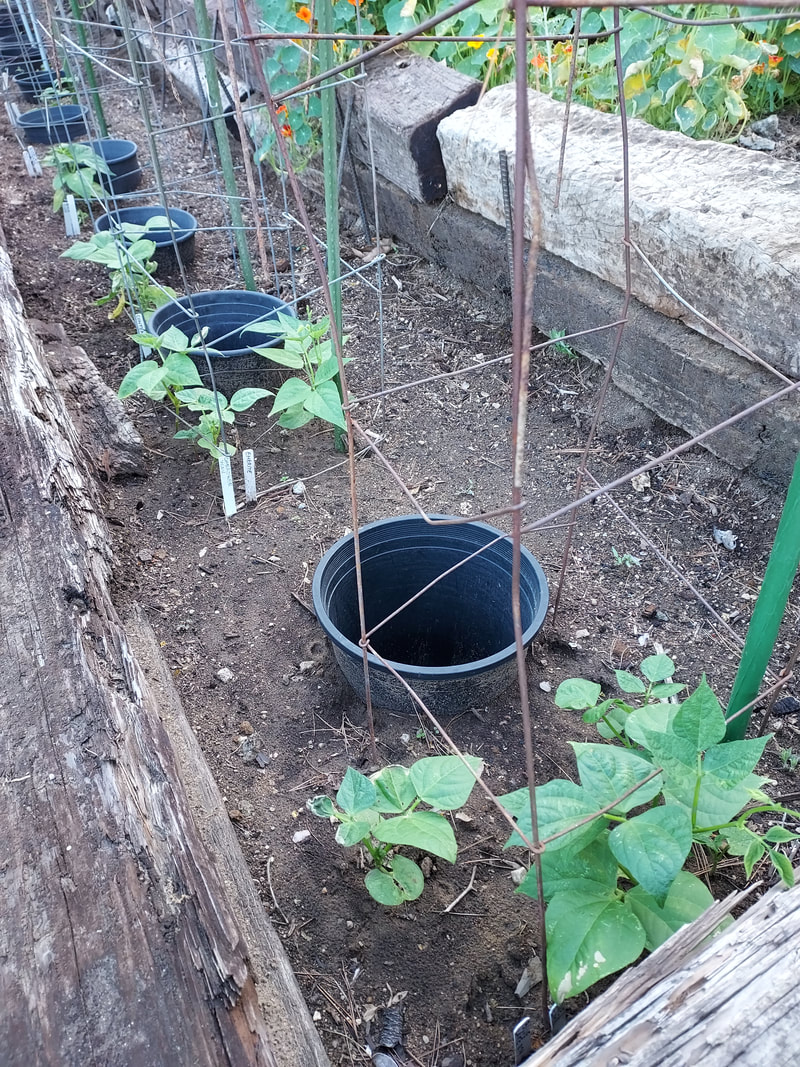
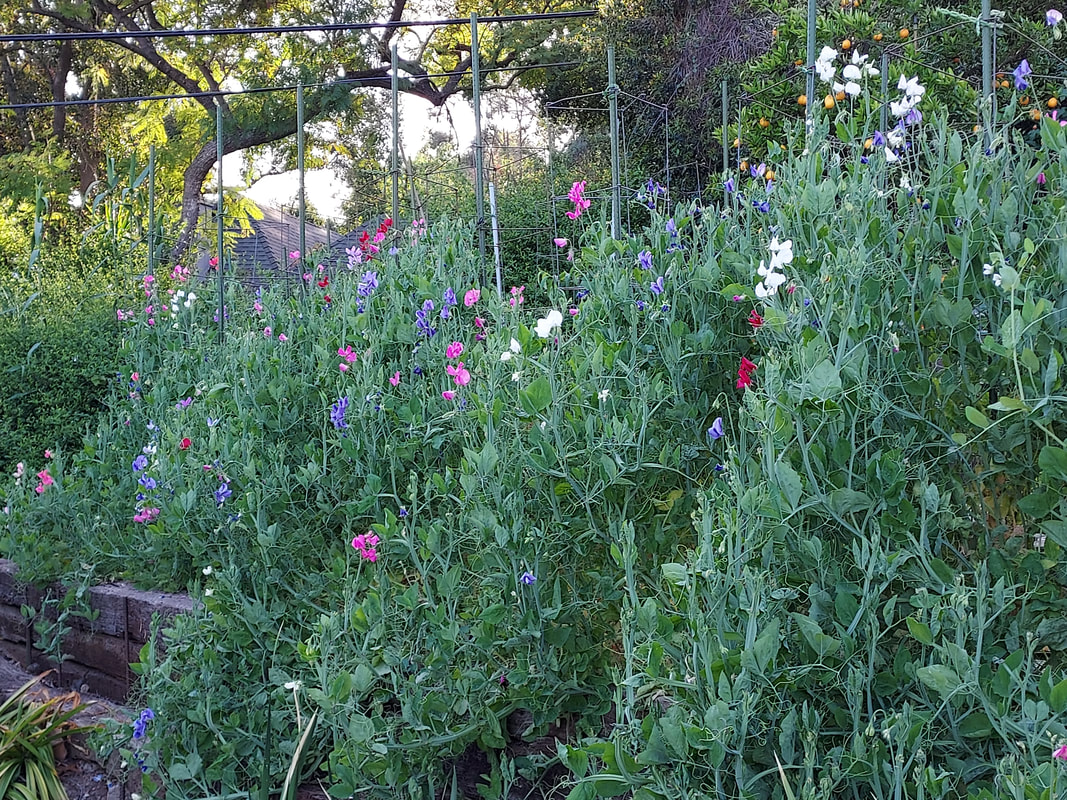
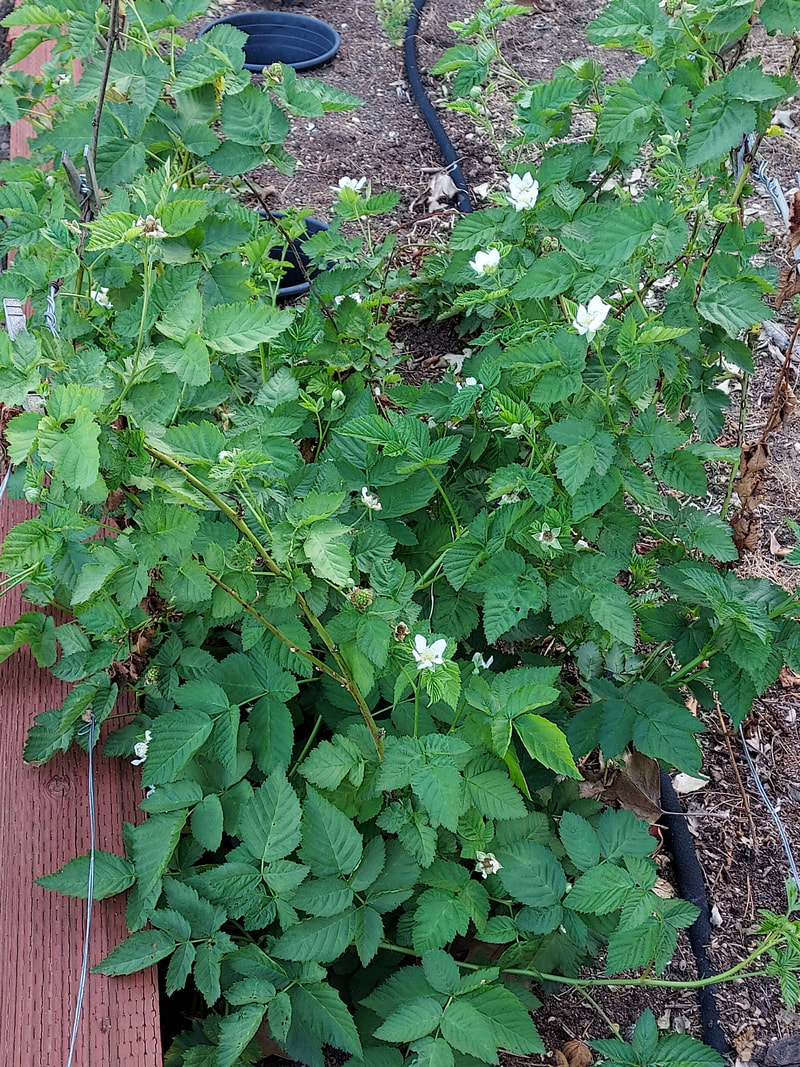
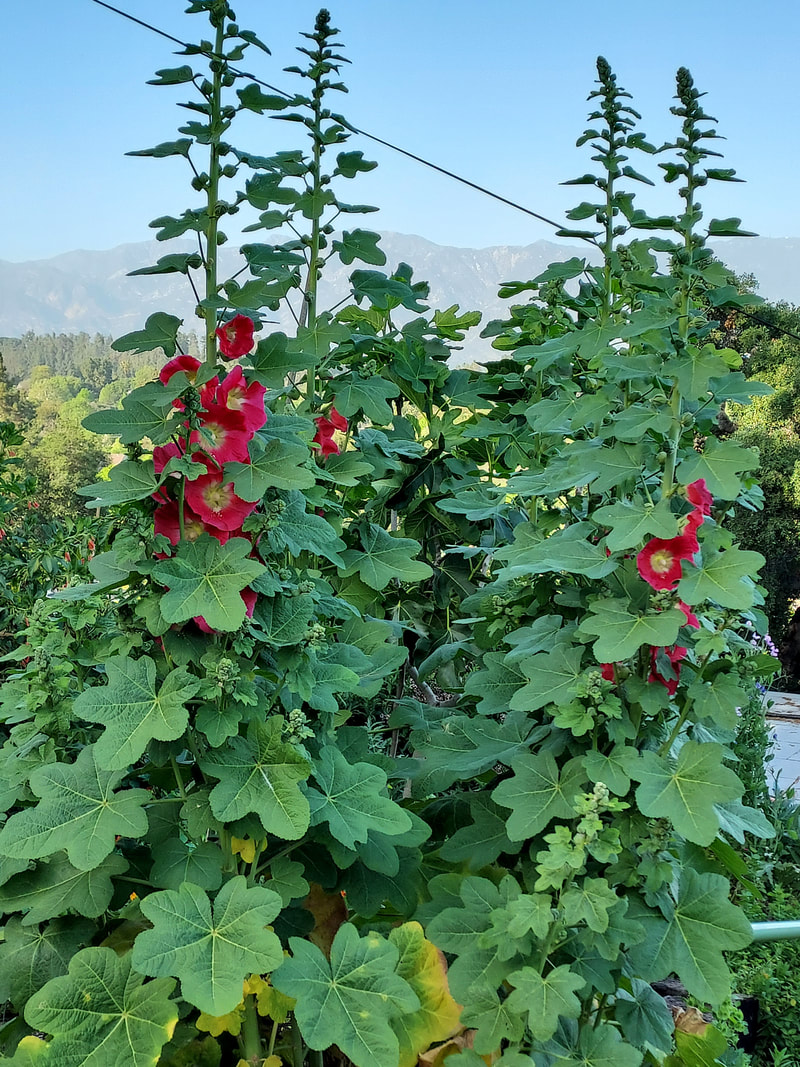
 RSS Feed
RSS Feed